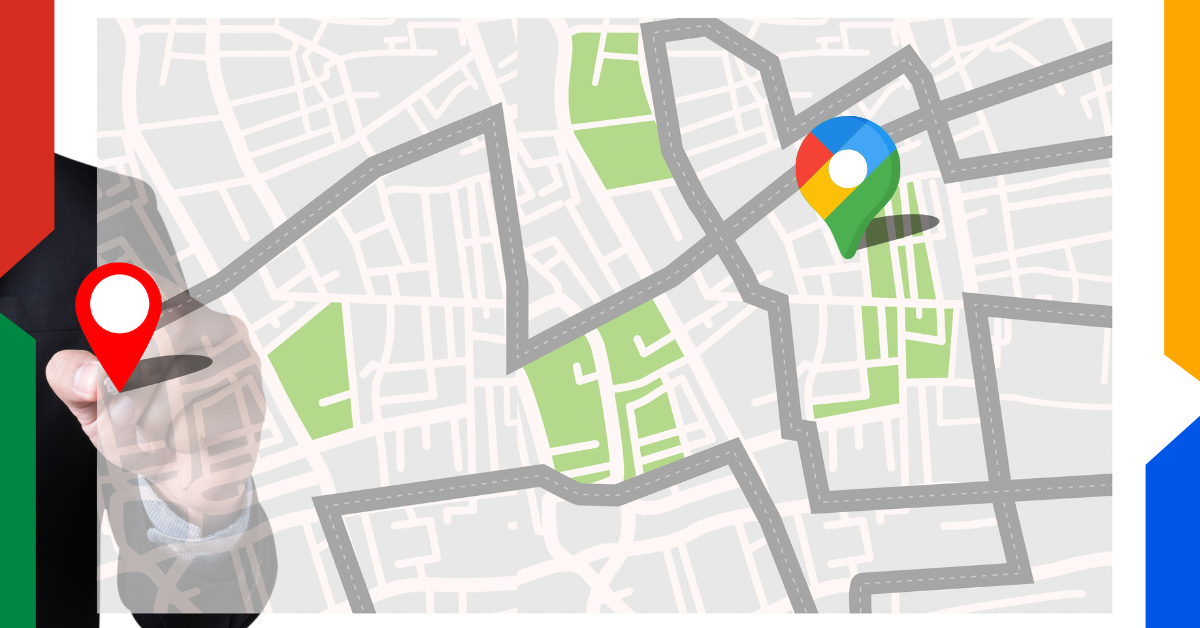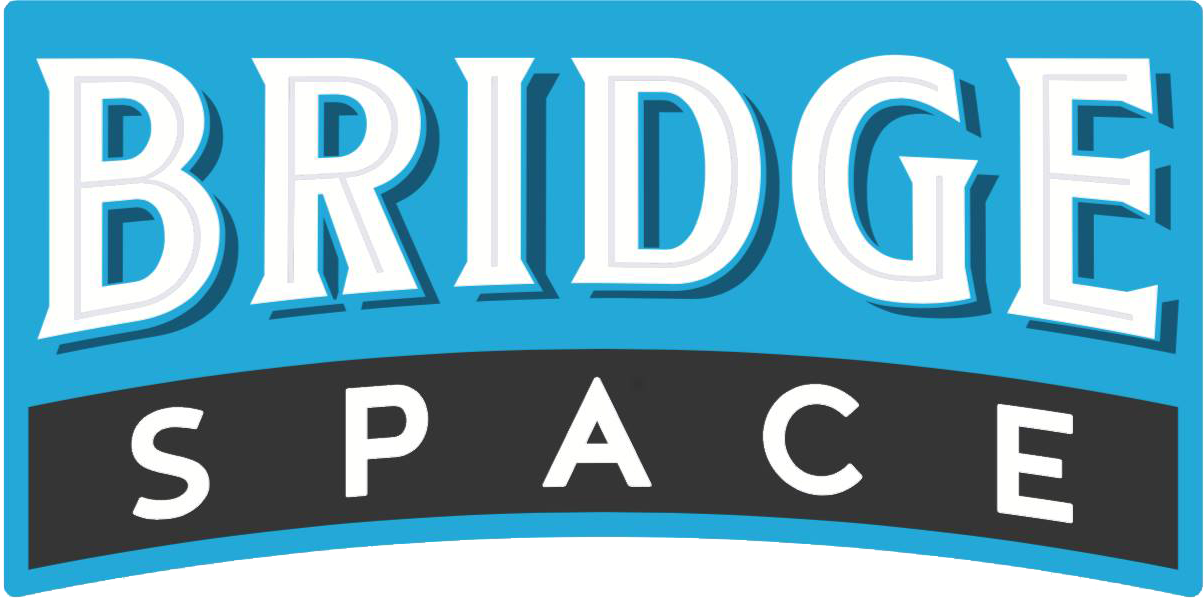From Side Hustle to Mainstream: Scaling Freelance Work into a Full-Time Business
There’s a growing number of people who are choosing the path of freelancing, carving out a space in the gig economy and beyond. What may have started as a side hustle—a few hours in the evenings after work or on weekends—can grow into something more substantial, something sustainable. But when exactly do you make that leap? When does your side hustle become a full-time business?
If you’ve ever thought about leaving behind your 9-to-5 to turn your freelance gig into your main source of income, this Bridge Space guide is for you. The journey from side hustle to full-time entrepreneurship is not without its challenges, but with proper planning, strategy, and support, it’s a path that can lead to true independence.
Evaluate Your Readiness
Before making any major moves, it’s important to evaluate where your freelance business stands. Look at your current workload. Are you consistently getting clients or projects? Do you have a predictable income flow from your side hustle? Transitioning to full-time freelancing requires more than just passion—it demands financial stability.
Take a moment to outline your current income streams and see if there is enough to sustain you as you transition. A good rule of thumb is having at least three to six months’ worth of living expenses saved before you make the leap. This gives you breathing room while you build momentum as a full-time freelancer.
Business Planning – Setting the Stage for Growth
When your freelance work shifts from a casual side job to a full-time business, you need to treat it like one. Start with a detailed business plan that outlines your goals, target market, and pricing strategy. This doesn’t have to be a 100-page document—just a well-thought-out plan that maps out how you’ll manage the transition and growth.
- Defining your niche: Freelancing can be competitive, and finding a niche market where your skills shine can give you an edge. Instead of trying to be everything to everyone, identify the industries or services where you can bring the most value.
- Marketing your business: Once you’ve defined your niche, you need to market yourself effectively. Your website, portfolio, and social media presence all play key roles in how potential clients find you. Consider SEO practices like optimizing for “freelance business in [Your City]” or “professional services Lee’s Summit,” ensuring your digital presence is discoverable. Bridge Space members often find that using our coworking space to host consultations or meetings boosts their professional image, giving clients confidence in the legitimacy of their business.
Client Management – Building Relationships That Last
As a freelancer, your clients are your lifeblood. Managing those relationships effectively can be the difference between feast and famine.
Start by setting clear expectations with clients from the beginning. Contracts, deadlines, and deliverables should all be clearly outlined before work starts. Communication is key. Respond promptly to inquiries, offer updates regularly, and provide stellar customer service. A satisfied client will not only return but will also recommend you to others.
- Client retention over acquisition: It’s much easier and more cost-effective to keep a current client than to acquire a new one. As you transition to full-time, focus on nurturing your existing relationships. Many Bridge Space members find that having access to a professional setting for client meetings and presentations sets them apart and allows for deeper client trust and retention.

Scaling Up – The Balancing Act of Time and Growth
Freelancing often starts small, with one or two clients. As your business grows, so does the demand for your time. At this stage, time management becomes crucial.
Consider adopting project management tools or systems to keep yourself organized. Whether you use Trello, Asana, or a traditional spreadsheet, having a bird’s-eye view of your projects can help you manage multiple deadlines and client needs.
When you’ve hit a consistent flow of work, you may face a dilemma: how to scale without burning out. That’s where outsourcing or delegating comes in. Hiring another freelancer to handle specific tasks or seeking help with administrative work can free you to focus on more strategic business growth.
Protecting Your Business – Financial and Legal Considerations
Turning your side hustle into a full-time business means taking steps to protect yourself. Start by forming a legal entity, such as an LLC, to shield your personal assets. This might sound daunting, but the peace of mind it brings is worth it. At Bridge Space, we see many small businesses start out as side hustles and eventually incorporate as their operations grow. You can easily find local resources to guide you through the legal steps, or even attend one of the local business seminars we offer.
Next, you’ll want to invest in proper accounting practices. Whether you hire a bookkeeper or use software like QuickBooks, staying on top of your finances from the beginning saves you from headaches later. Proper accounting not only helps you manage taxes but also gives you a clearer picture of your business’s health and profitability.
Community and Networking – You Don’t Have to Do It Alone
Going full-time with your freelance business can feel like an isolating process, but it doesn’t have to be. Building a network of like-minded professionals can offer support, referrals, and even partnership opportunities. Local networking groups or coworking spaces, like Bridge Space in Lee’s Summit, offer freelancers a community to lean on during this transition.
By participating in local events or simply working alongside other entrepreneurs, you can gain insights, get referrals, and find camaraderie in the journey. We’ve seen how remote workers and freelancers thrive by having access to not just a workspace, but a collaborative environment where ideas and business advice are exchanged freely.
The Bottom Line
Taking your freelance side hustle to a full-time business is not only possible, but with the right preparation, it’s also achievable. By evaluating your readiness, creating a solid business plan, focusing on client management, scaling up strategically, and leaning on a supportive community, you can turn your passion project into a thriving enterprise.
Remember, the path from side hustle to full-time freelancing isn’t linear—it’s filled with ups and downs, but each step forward is a victory. Whether you're looking for a space to meet clients, a community to network with, or just a professional environment to get focused work done, Bridge Space is here to support your journey. After all, your success is our inspiration.
By crafting your own path and taking advantage of local resources, you’ll soon find that your side hustle can become something much bigger—something you can build a life around.
You might also like...











